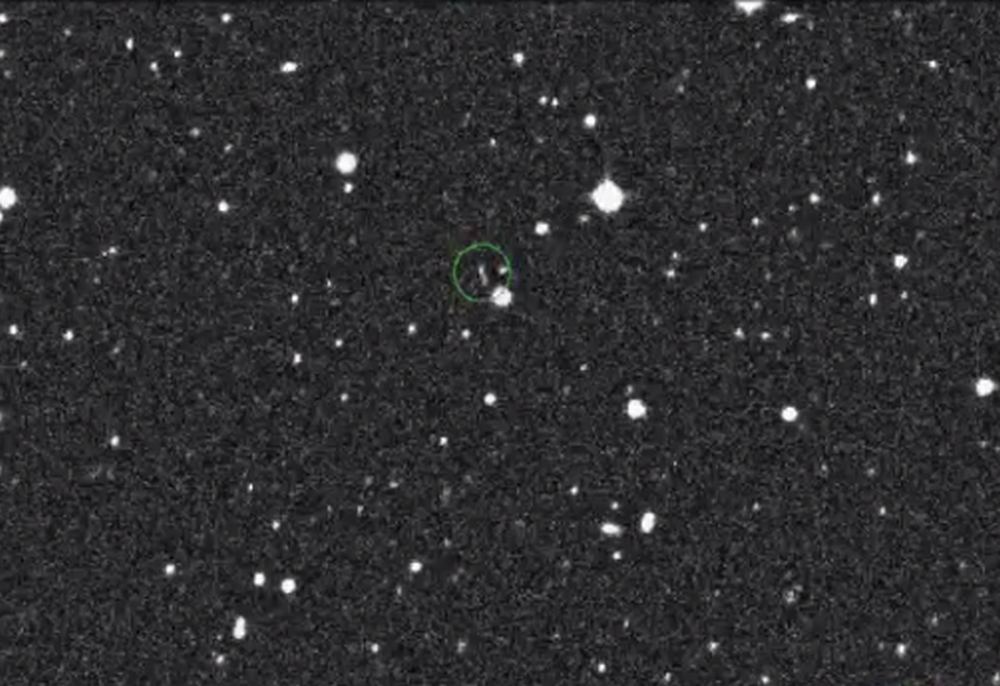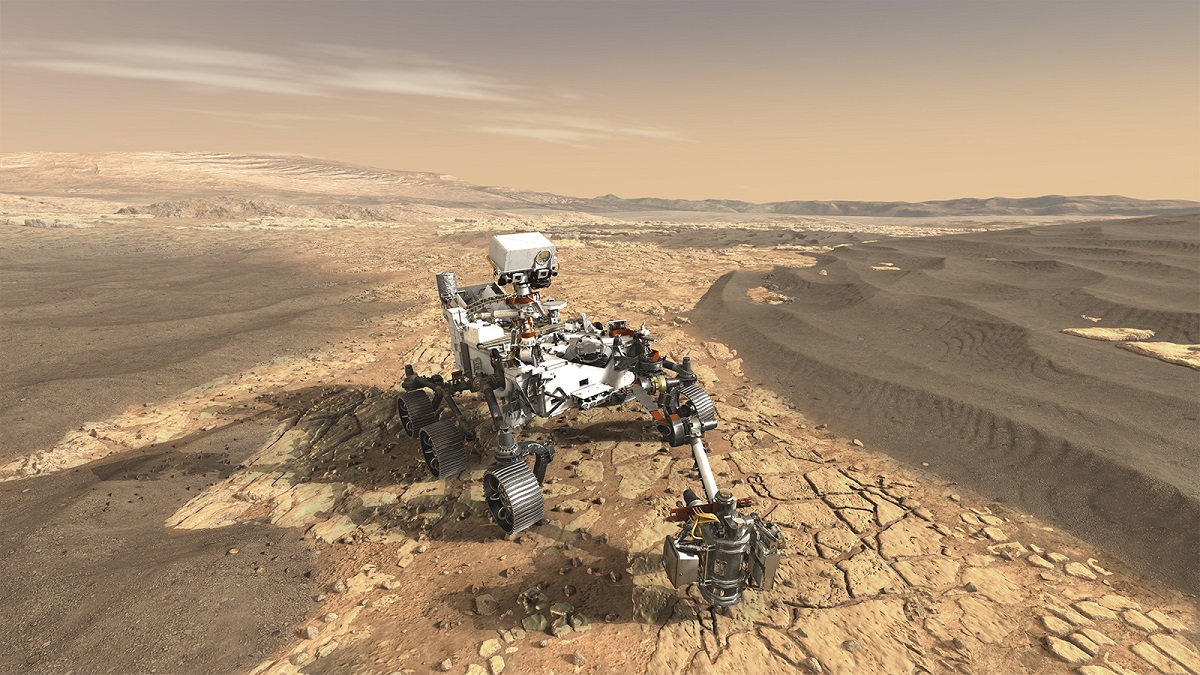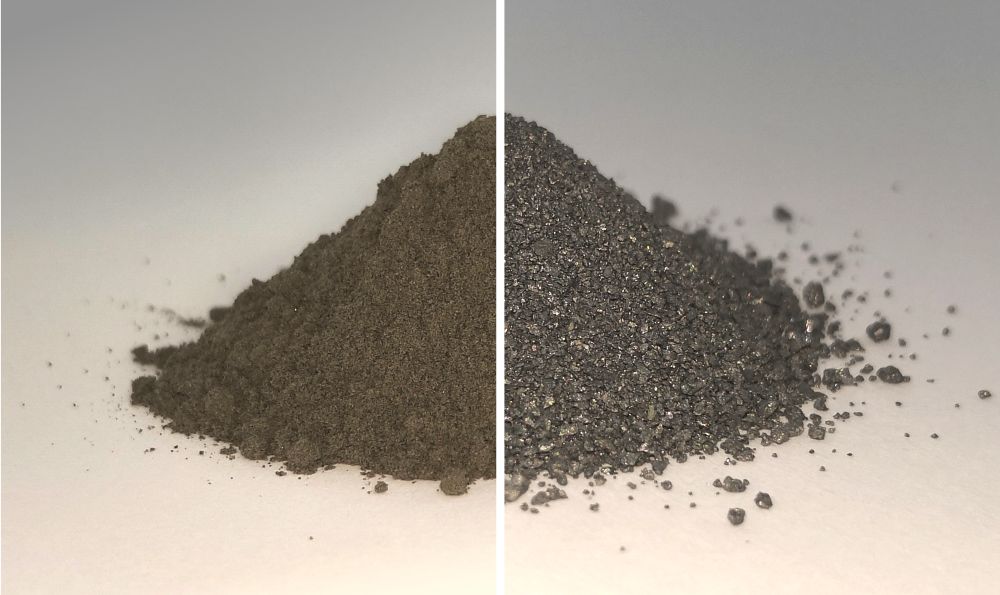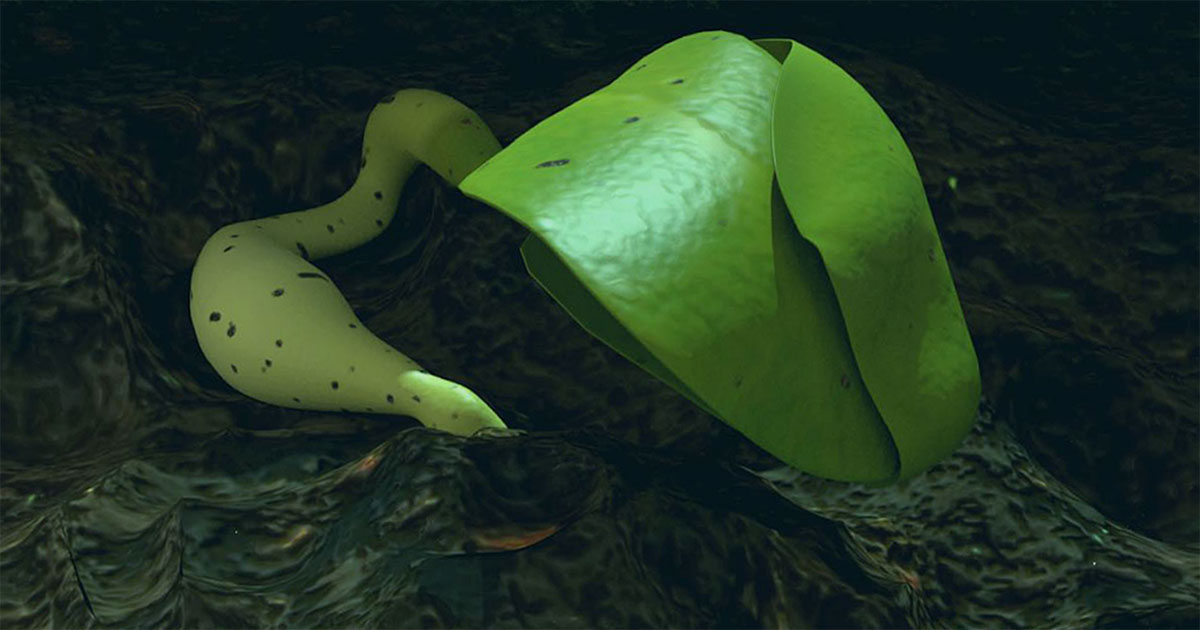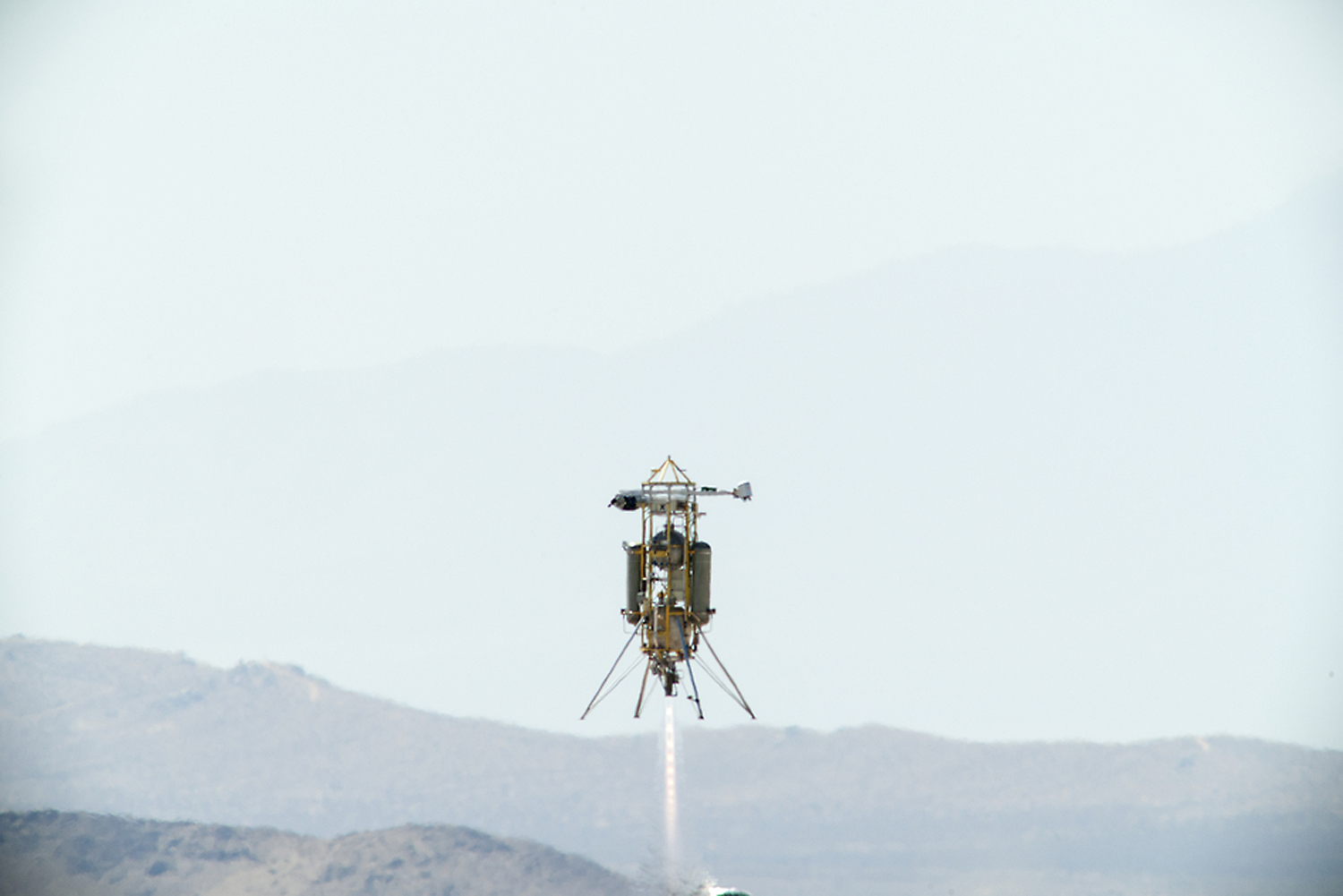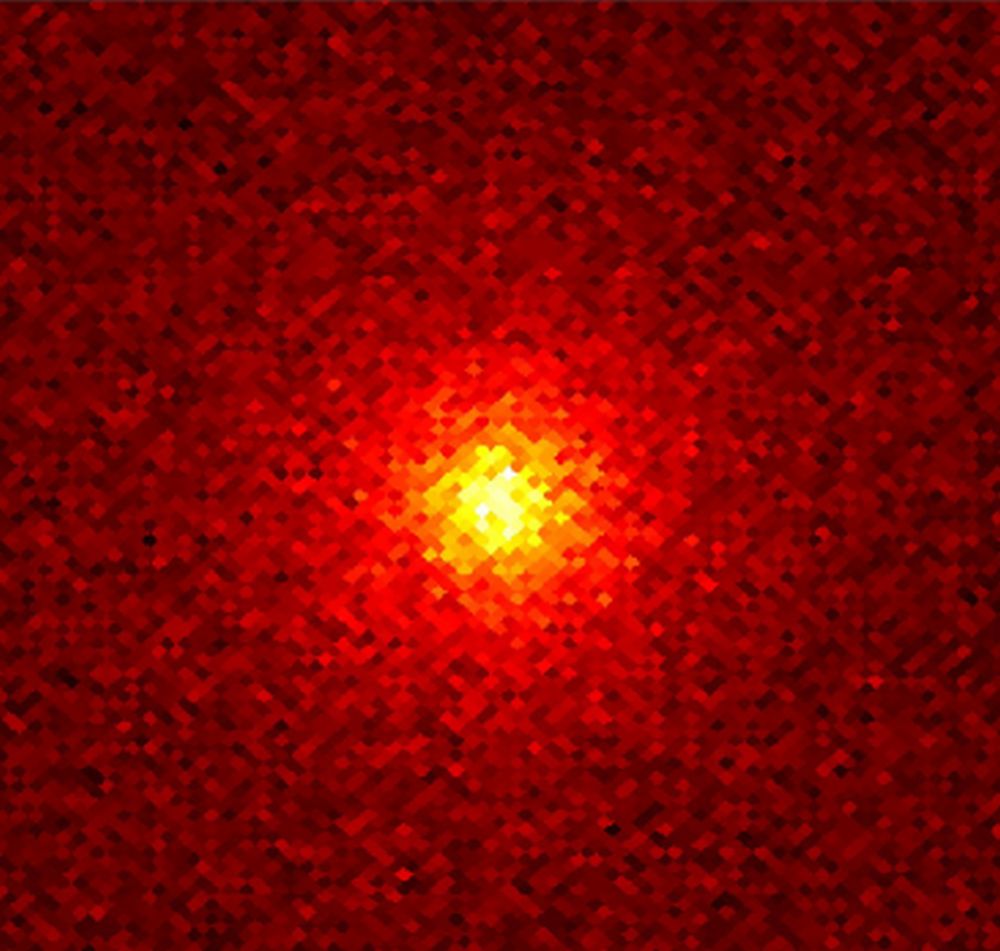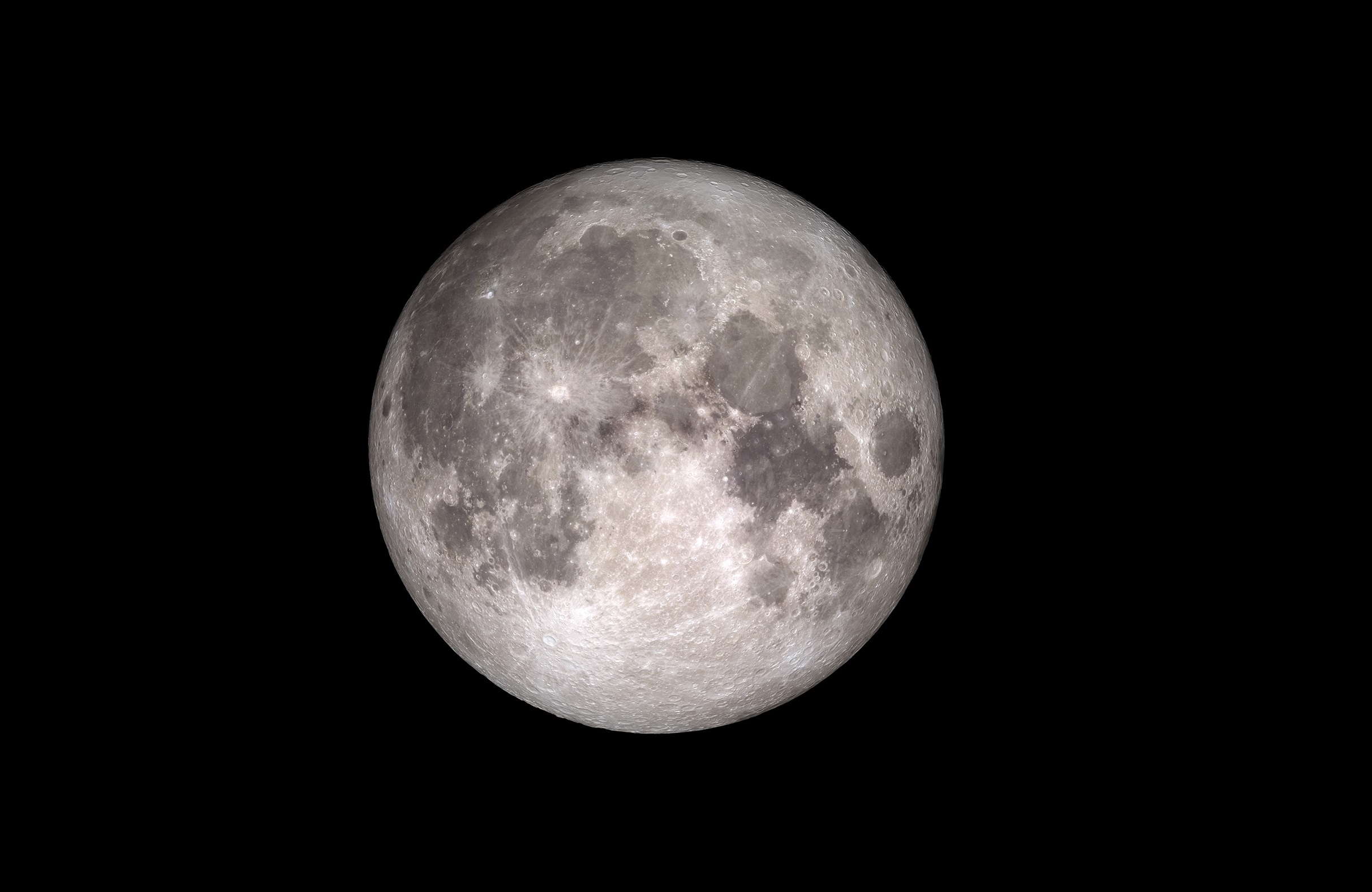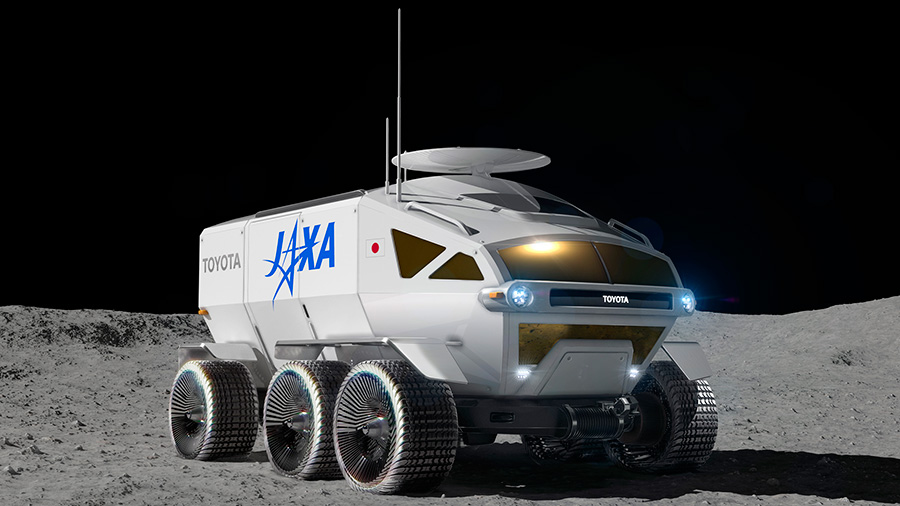Astronomers are increasingly interested in Near-Earth Objects, or NEOs. There are ongoing efforts to find them all and catalog them all, and to find out which ones might pose a collision threat. Now some astronomers with the NASA-funded Catalina Sky Survey have found a new, tiny, temporary moon for Earth.
Continue reading “Astronomers Discover a Tiny New Temporary Moon for the Earth. Welcome to the Family 2020 CD3”Astronomers Discover a Tiny New Temporary Moon for the Earth. Welcome to the Family 2020 CD3
